I’ve had the pleasure of photographing many of the most expensive homes for sale in Atlanta, GA over the past three years. There is a different expectation of quality when delivering images of these “luxury” properties. Buyers and sellers in these higher price ranges will not settle for for the average wide-angle HDR shots. As the photographer and creative director for our company, I have developed a style that combines real estate photography with elements of interior design photography, and even some fine art, to create an informative and elevated look.
Every trick in the book
I have had to rely on nearly every photographic technique I know to photograph real estate. No two homes are the same, and there are myriad lighting problems to solve. On the shooting side I use ambient light, exposure bracketing, off camera strobes, reflectors, soft boxes, and more. The list of techniques for post processing is even longer!
When it comes to creating a photographic style, I believe that consistency is important. If you have to use HDR for one room and off-camera flash for another, the final images need to look like they came from the same house. Education and experience are important if you want to be a well-rounded photographer, and real estate photography is certainly no exception.



Personal style
One way you can cultivate a look or style is through your point of view. I don’t mean to always take the same type of photos for each property, but rather a consistent way you depict the homes you photograph. For example, I try to be mindful of the way it FEELS to be in a room. I attempt to convey that feeling by capturing the light, colors, textures, etc. This means that each gallery may have a different look, but it always matches the home itself. I believe this creates more interesting images than simply capturing as much of the room as possible in each shot.
Some photographers shoot every room in a home from every possible angle. That’s definitely a way to go, but I think that often results in lots of photos that are unnecessary, and lots of photos that are not very interesting.
Tips for luxury interiors
The following are some of the ideas I keep in the back of my mind when I’m shooting. These things help me to stay creative and open to the unique look and feel of each home, while keeping me “on brand” for our web site and our clients.
Real estate photos should represent an idyllic but honest depiction of the home. Show the property in the best light (pun intended), but don’t make images that exaggerate the size of the rooms, property condition, etc. It doesn’t do the real estate agent any favors if they show up with a client who is disappointed because the house doesn’t look like the photos when they arrive.
Don’t lean too heavily on your wide-angle lens. You could easily photograph an entire house with a fisheye lens, but it is much better to create a variety of shots to highlight different features of each room.
I use the Sigma 14-24mm f2.8 DG DN | A lens so I can shoot a variety of images without changing lenses. A collection of images using various focal lengths will have more visual interest, and provide a more high-end “luxury” look for your clients.
The 24mm setting provides a wide angle of view without getting too wide and distorting the space. I will often start at this longer end of the lens and only go wider if necessary to get the shot I’m looking for.
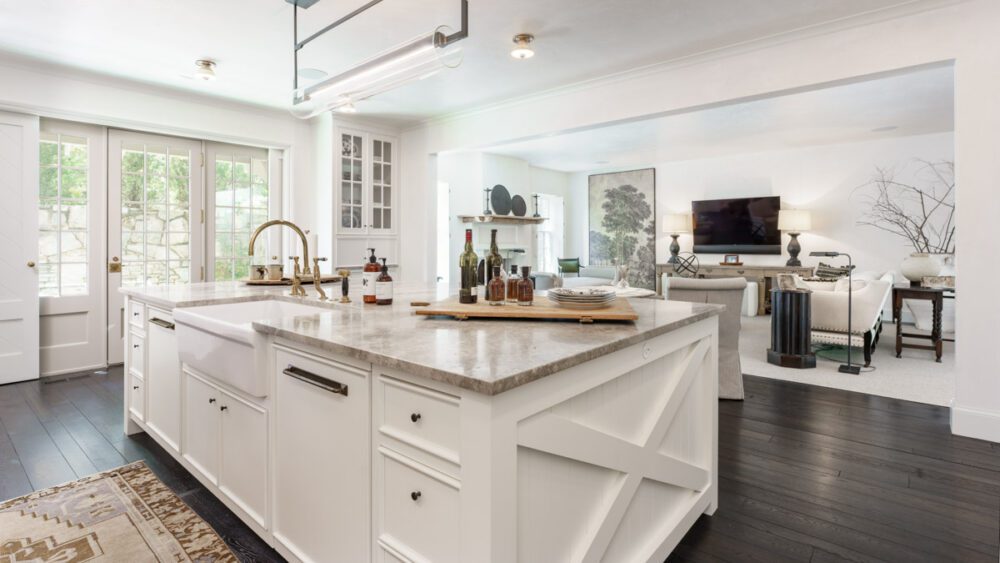
I use 14mm to capture larger spaces, or to capture multiple spaces at once. For example, a shot looking through an open concept kitchen into a connected family room. The wide field of view will capture the entire scene, and allow me to create depth using foreground, middle, and background elements the same way I might do in a landscape image. Even at its widest setting, the Sigma 14-24mm Art lens does a great job of rendering a scene without adding unwanted distortion.

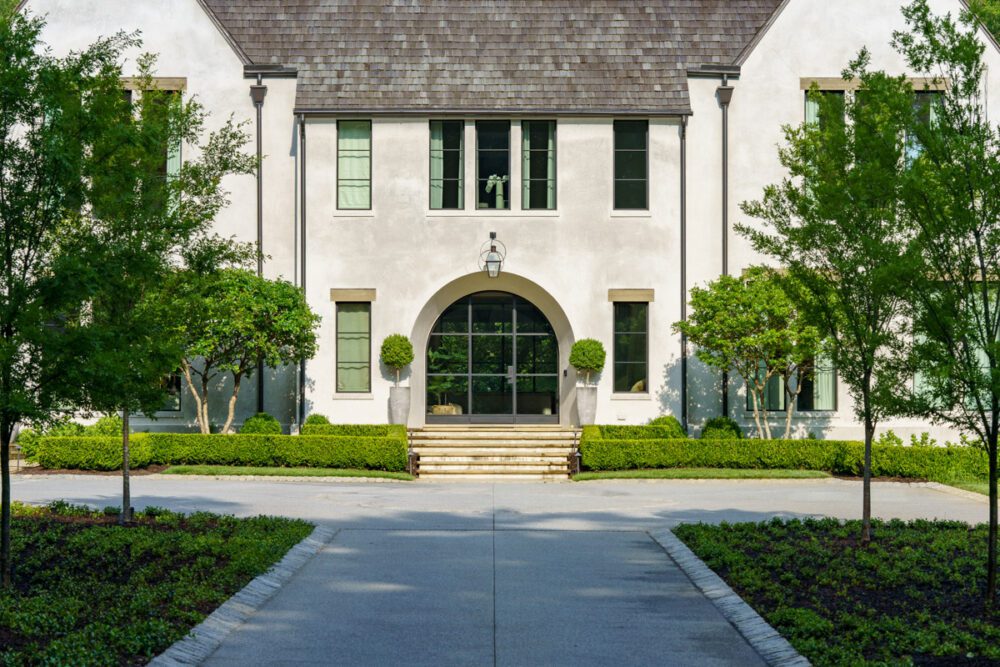
Interior design photos are often made using mid-to-longer focal lengths like 35mm, 50mm, and longer. Real estate listings are generally more about the rooms and spaces than they are about the decor, but you can add some longer focal length shots to spice up your galleries. I particularly like using the Sigma 85mm f1.4 DG DN | A lens to add detail shots. This focal length provides a completely different perspective than the wide-angle, and adds visual interest to the gallery.
Juxtaposition is key! Potential buyers want to know how rooms connect and flow into one another. Compose your images to show how the spaces interact with each other, rather than simply capturing multiple angles of each room.
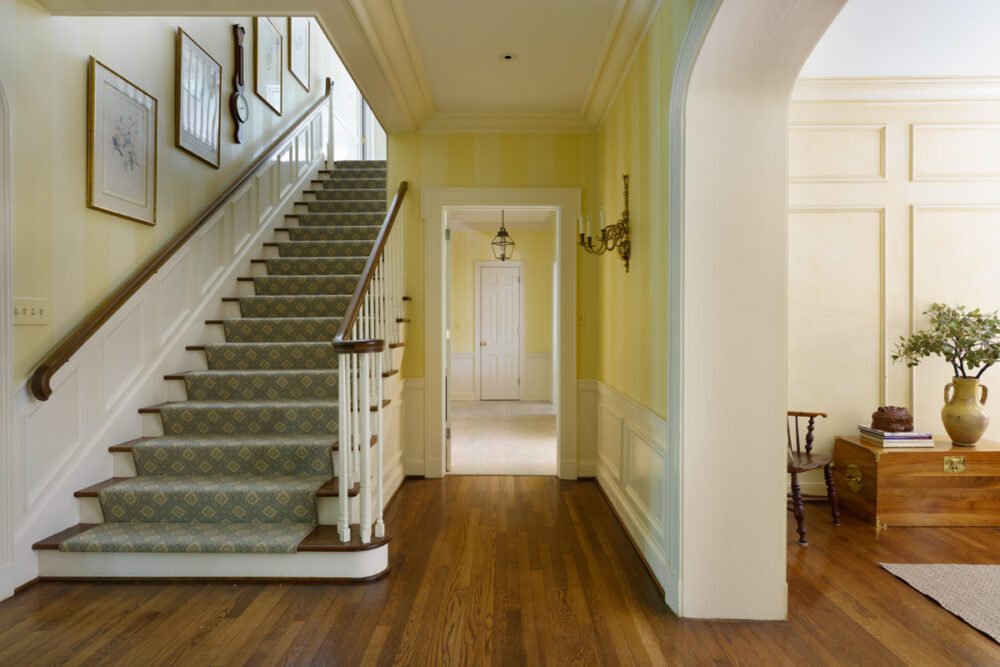
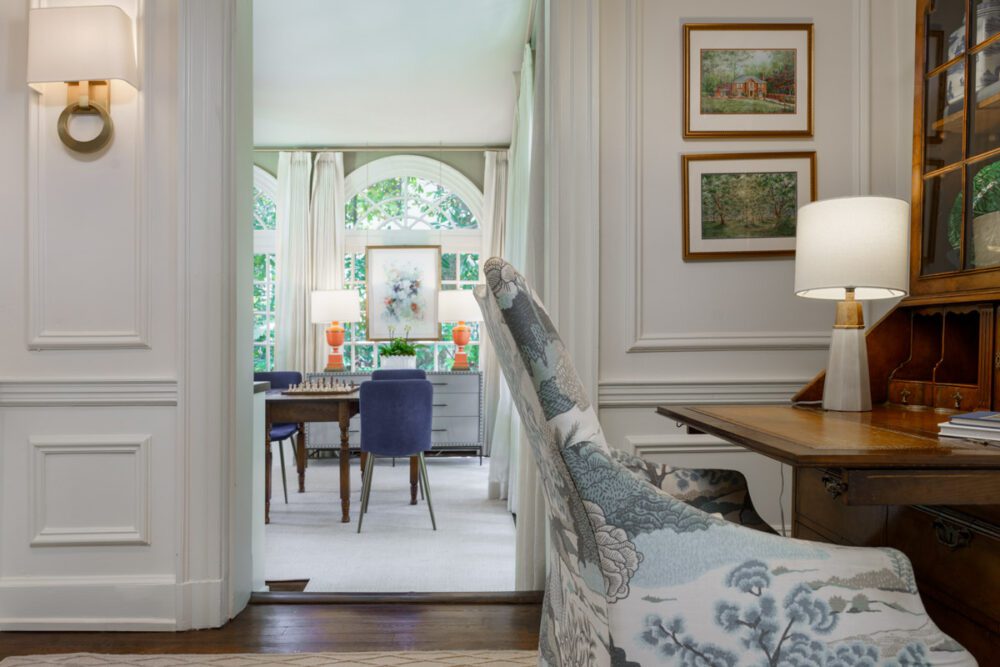
For example, photograph a bedroom with an ensuite bath so that the viewer can see into the bathroom. Or photograph a dining room so the viewer can see through the butler’s pantry into the kitchen beyond. Often one or two carefully curated images of a room are far more valuable to a potential buyer than many shots that don’t show how the house works.
The final tip I will share is about your shooting height. This is one of the first choices you will make when photographing a room, and it has a huge impact on how the room feels in your photo. I think of it this way- what would my point of view be if I were using this room? You would generally be standing if you were cooking in a kitchen. You would generally be sitting on the sofa in a living room.
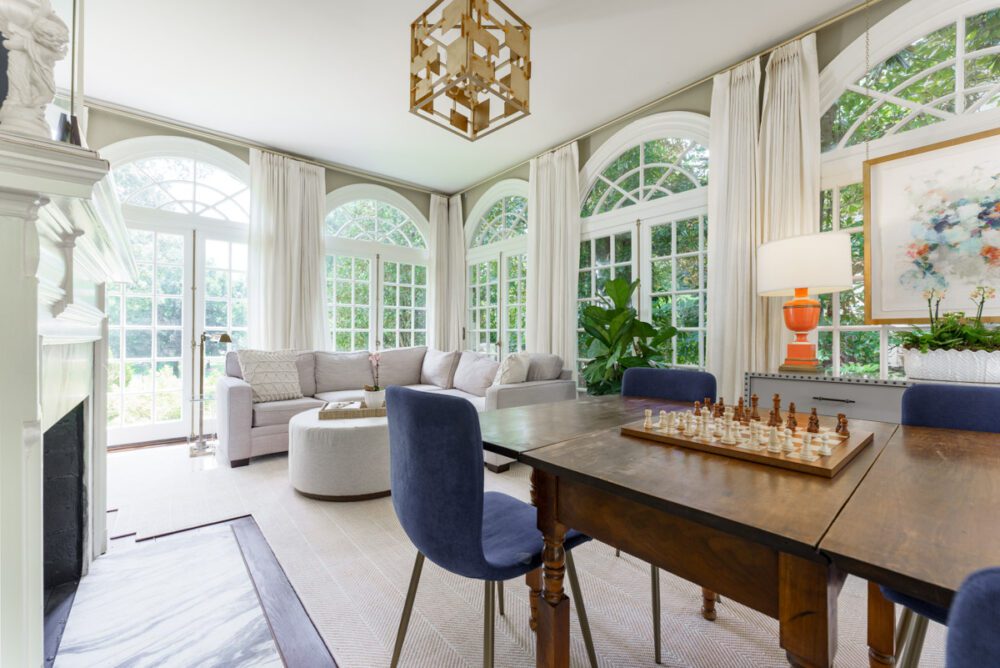
Adjusting your camera height according to the room can add interest to your gallery because it insures that every room won’t look the same. A good rule of thumb is that you want to see the top of the most important horizontal surface in the photo. For example, you want to see the top of the kitchen or bathroom counter, so your tripod will be a bit higher. In a living room, the coffee table may be the important horizontal surface, so the camera can be much lower.
I hope you can employ these techniques to improve your real estate interior photography. Even if you are shooting in a high-volume environment, adding a luxury look to your images can help your work stand out against the competition.


0 Comments